Mysterious society once inhabited Mexico. Now construction has uncovered its remains
While working on expansions of a highway in Mexico, construction workers uncovered a sprawling ancient wall dating to pre-Hispanic times.
The approximately 111-foot long and 23-foot tall wall corresponds to the first of three levels of a larger structure, experts from Mexico’s National Institute of Anthropology and History said in an Aug. 18 news release. The wall was filled with human and animal bones that were used as construction filler.
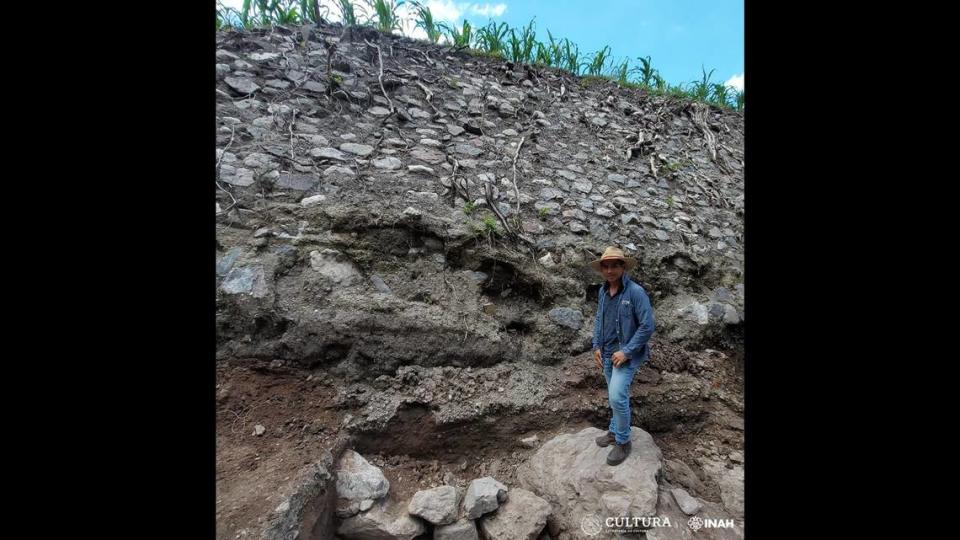
The wall was discovered at the Barranca Chihuila-Corral de Piedra site, a part of a series of pre-Hispanic units, officials said.
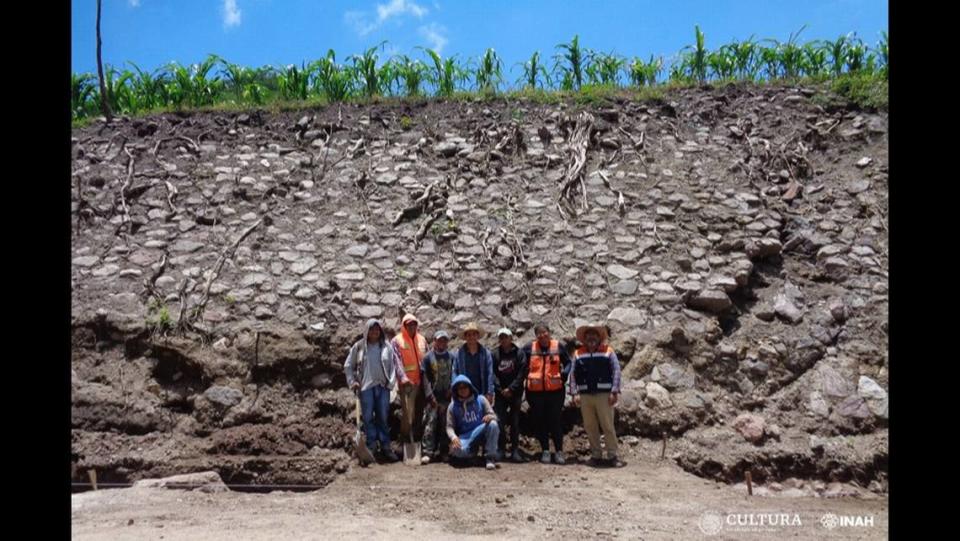
Excavations uncovered a burial of a child who experts said died between the ages of 3 and 5. The child was buried alongside a trove of grave goods, including green stone beads, copper bells, shell earrings and a unique style of ceramic tripod bowl dating to sometime between 1000 to 1521, before the Spanish Conquest.
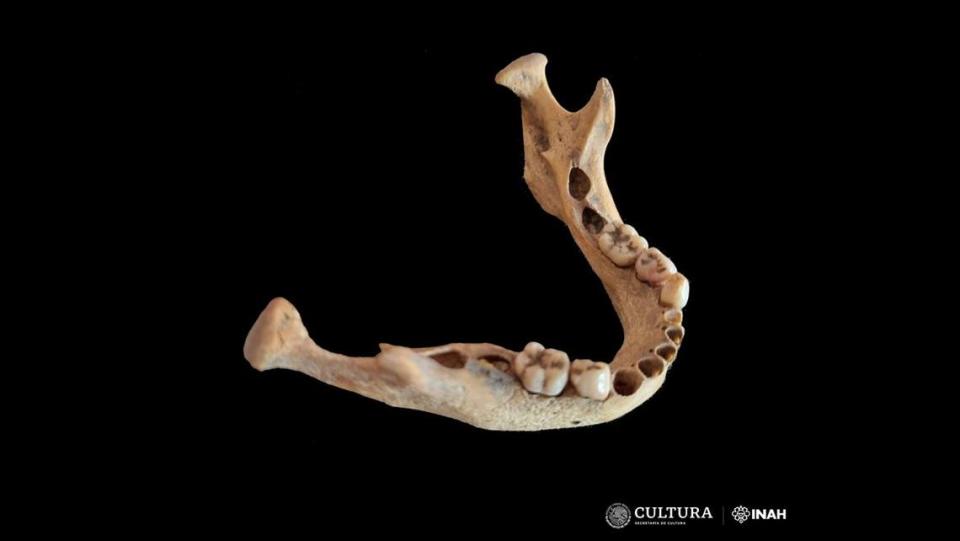
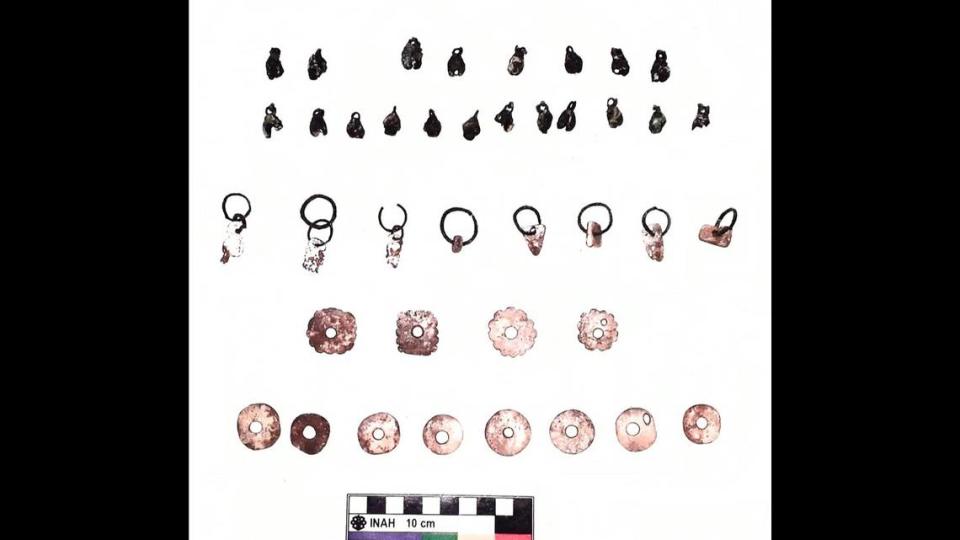
Archaeologists said the bowl was particularly interesting, as it gives insight into the culture in the area at the end of the pre-Hispanic area.
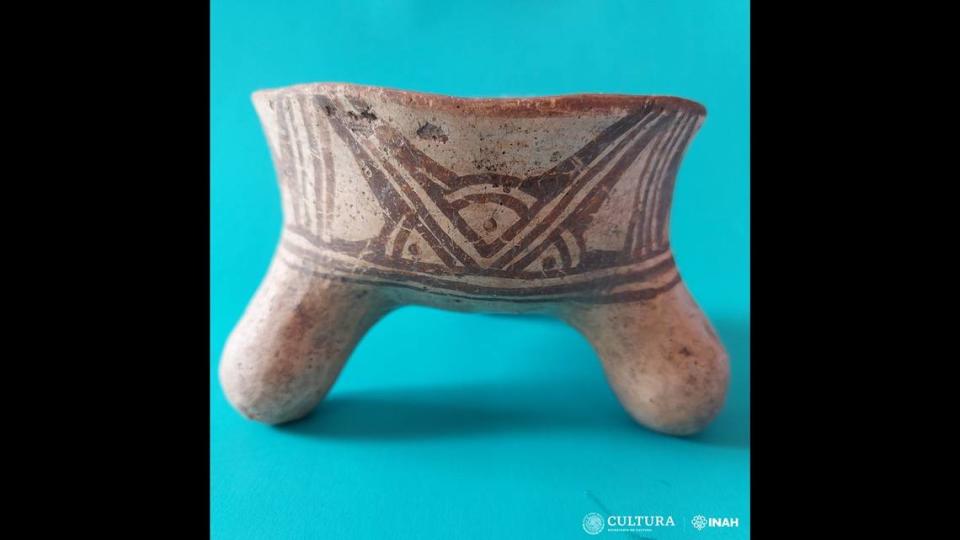
During this time period, the area was occupied by a now-extinct ethnic group known as the Tepuztecs, experts said. Little is known about the Tepuztecs aside from their name, which was used by the Aztecs and referred to copper works.
Experts know the Tepuztec people worshiped a god named Andut and a goddess who was depicted in sculptures or stone paintings, according to officials. The new discoveries are an opportunity to learn more about the culture.
Archaeologists also found evidence of a second construction system of limestone and stucco walls dating to the early postclassic period between 950 and 1350, experts said. This discovery suggests a collapse and landslide at the site prompted a resettlement, which was likely when the Tepuztecs inhabited the area.
The wall and artifacts were discovered in the Guerrero state, which is on Mexico’s western coast about 135 miles southwest of Mexico City.
Google Translate was used to translate a release from Mexico’s National Institute of Anthropology and History.
Legend claims there’s entrance to Underworld in Mexico — and experts think they found it
1,100-year-old ceramics were ritualistic offerings to Mayan god and goddess, experts say
1,400-year-old village — with burial ground and colorful ceramics — revealed. See them

